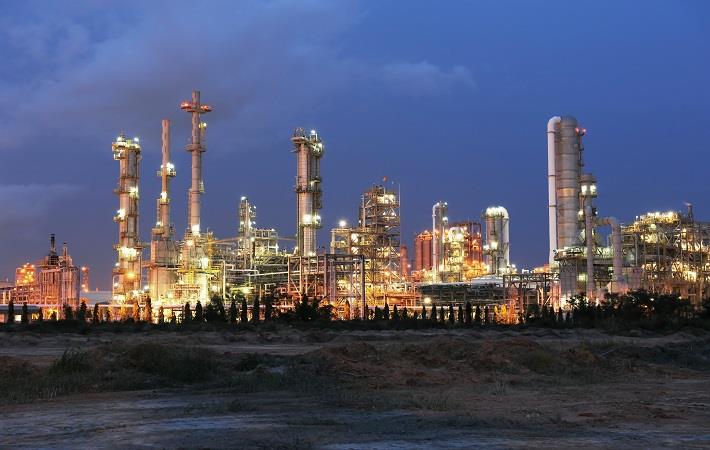
The company earned highest ever net profit of ₹11,640 crore ($1.6 billion), an increase of 13.5 per cent in Q3.
The Q3 FY20 revenue from the Petrochemicals segment of the company decreased by 19.1 per cent y-o-y to ₹36,909 crore ($5.2 billion) due to lower price realisations across product categories. Petrochemicals segment EBIT was at ₹5,880 crore ($0.8 billion), down 28.5 per cent y-o-y, with significant decline in margins to near trough level for most petrochemicals products, as a result of new capacity, inventory overhang and global demand slowdown. The impact of lower margins was mitigated to some extent by increasing domestic market sales and optimising light feed cracking. Domestic markets for polymer and polyester remained healthy during 3Q FY20.
“The third quarter results for our energy business reflects the weak global economic environment and volatility in energy markets. Within our O2C chain, downstream petrochemicals profitability was impacted by weak margins across products with subdued demand in well-supplied markets,” said Mukesh D Ambani, chairman and managing director, Reliance Industries Limited.
The polyester chain margins were impacted by major capacity addition in PX and PTA in China. Polyester demand remained healthy at low prices leading to improved operating rates during the quarter.
PX markets were stressed amidst concern of excess supplies from new PX units. However, output cut by refiners aided to balance supplies and limited the price drop. During the quarter, PX prices declined by 1 per cent Q-o-Q, while PX-Naphtha margin weakened by 17 per cent Q-o-Q ($255/MT), lower by 32 per cent as compared to 5 years average margin of $376/MT.
During the quarter, PTA players cut losses and optimised operations by carrying out their long over-due plant maintenances. However, start-up of new PTA units facilitated steady supplies to polyester units. Operating rates for PTA units in China remained high at 89 per cent during the quarter. However, weakness in PTA futures and declining PX prices dragged PTA prices down by 10 per cent Q-o-Q led by commissioning of new capacities in China. PTA delta dropped by 39 per cent Q-o-Q ($110/MT).
During the quarter, MEG markets stabilised despite depleting Chinese port inventory (-43 per cent Q-o-Q); uptrend (2 per cent Q-o-Q) in prices was supported by stable downstream demand and curtailed domestic output. MEG margins weakened by 9 per cent Q-o-Q ($ 204/MT) due to strengthening of naphtha prices. RIL benefitted due to differential in feedstock prices of Ethane and LNG over Naphtha.
Polyester producers in China slashed prices to off-load the rising stocks, leading to bouts of brisk sales at low prices. Consequently, inventory levels dropped improving the cash flow and boosting operating rates in polyester plants. Q-o-Q, Polyester filament yarn prices were lower 10 per cent, weakening margins by 17 per cent ($257/MT). PSF prices dropped 9 per cent Q-o-Q with margins declining 16 per cent Q-o-Q ($140/MT).
Global PET consumption from beverage sector slowed with onset of cold weather in Northern Hemisphere and seasonal lull. Price competition prevailed with producers trying to entice sales amidst thin trade and fluctuating raw material prices. However, anticipating resurgence in demand ahead of X’Mas/New Year and later followed by Spring Festival in China, producers maintained stable operating rates. PET price slipped 9 per cent Q-o-Q, with margin declining 14 per cent Q-o-Q ($132/MT).
During the quarter, domestic polyester demand remained healthy. Reliance continues to benefit from its integrated operations across the polyester chain. RIL Fibre intermediate production during 3Q FY’20 remained stable at 2.8 MMT. Polyester production rose 2 per cent Y-o-Y at 0.7 MMT.
Fibre2Fashion News Desk (PC)